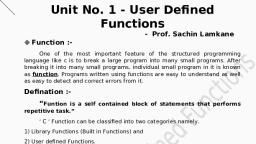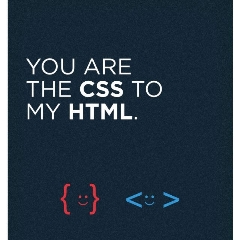Page 1 :
CONCEPTS OF RDBMS, , , , , , , , , Management System (RDBMS) provides a comprehensive, and integrated approach to information management., _ A relational model provides the basis for a relational database. A relational model, s three aspects:, » Structures, © Operations 2, * Integrity miles ___ Structures consist of a collection of objects or relations that store data. An example, _ of relation is a table, you can store information in a table and use the table to retrieve, _ and modify data., = Operations are used to manipulate data and structures in a database. When using, f s. You must adheré to a predefined set of integrity tules., , Integrity rules are laws that go allowed on data in a database., , , , , , , , Row, Column, Field, Primary key, Foreign key, , eee eee, , , , 1>14
Page 3 :
mary Key is a column or a combination of columns, , entity cach row in a table, For example, the column ¢0, numbers in the $DEPY table is created as a primary key, department number is different, A primary key must contain, contain a NULL value,, , A Foreign key is @ column or set of columns that refers to a primal, same table or another table, You use foreign keys to establish principle connect, between, or within, tables, A foreign key must either match a primary key or else, NULL, Rows are connected logically when required,, , The logical connections are based upon conditions that define a relationship, between corresponding values, typically between a primary key and a matching, foreign key, This relational method of linking provides great flexibility as it is, independent of physical links between records., , Primary key SREP Foreign key, , , , , , , , , , , , , , , , , , , , , , , , , , , , , , , , , , , , , , id name region_id § REGION, 10 Finance 1 pty key, te 31 Sales 1, , 32 Sales 2 Region_id | name, 33 Sales 3 1 North, - 34 ! Sales 4 2 y South, | 3 | Sales 5 4 Africa, 4 Asia, | 5 Europe, , , , , , , , , , Figure 1.3; Primary & Foreign key
Page 4 :
ie DIFFERENCE BETWEEN DBMS AND RDBMS, , , , , , , , a DBMS ROBMS, DBMS permits only one person to access the | RDBMS gives the multiple accesses the, _ | database at a given time. database at a given time., i in row and column, DBMS organized the data in any format. oe allows only in’row an, , , , nak RDBMS we can not create the, in DBMS we can not create the relationships. Talationship belweenline tables., , , , Bn : RDBMS has the major difference of, DBMS is mainly a storage area and it does not solving the queries easily, as they are, , employ any tables for storing the data or does ‘, not use any special function keys or foreign ae 2 nig tie ed, keys for the retrievals of the data. They follow the Codd's rule, , , , A DBMS has to be persistent, that is it should : :, , be accessible when the program created the mos te oct, , »| data ceases to exist or even the application anagement System. This adds the, that created the data restarted. A DBMS also additional condition that the system, , has to provide some uniform methods Supports a tabular structure for the data,, , independent of a specific application for | Wt" enforced relationships between the, , accessing the information that is stored. oe, , , , DBMS does not impose any constraints or | RDBMS more support integrity constraints, security with regard to data, or security with regard to data, , , , DBMS are for smaller organizations with small | RDBMS are designed to take care of large, amount of data, where security of the data is | amounts of data and also the secutity of, , , , , , not of major concern, this data,, DEMS doesn't support —_client/serv ;, Eechiiactire, PP Sait support client/server architecture,, , , , It dose not support distributed databases, It support distributed databases., , Ey FEATURES OF RDBMS, , 1. The relational database structure can be ellict, i el ciently used even with, has limited main memory and processing capability, ee, , _ Relational database is very effective for small database,























































